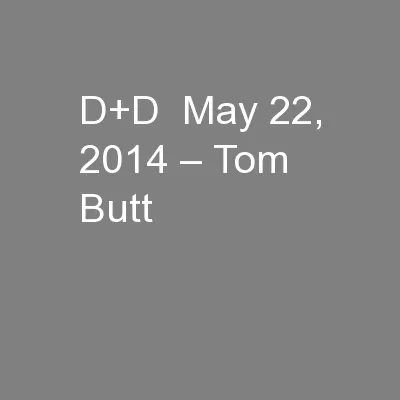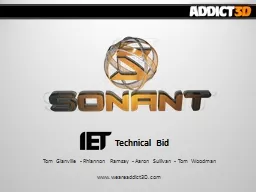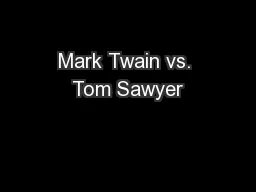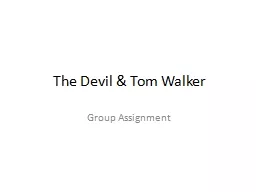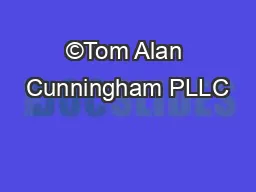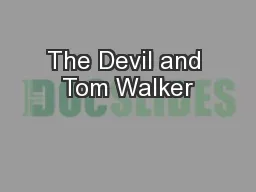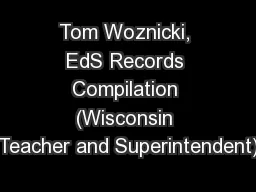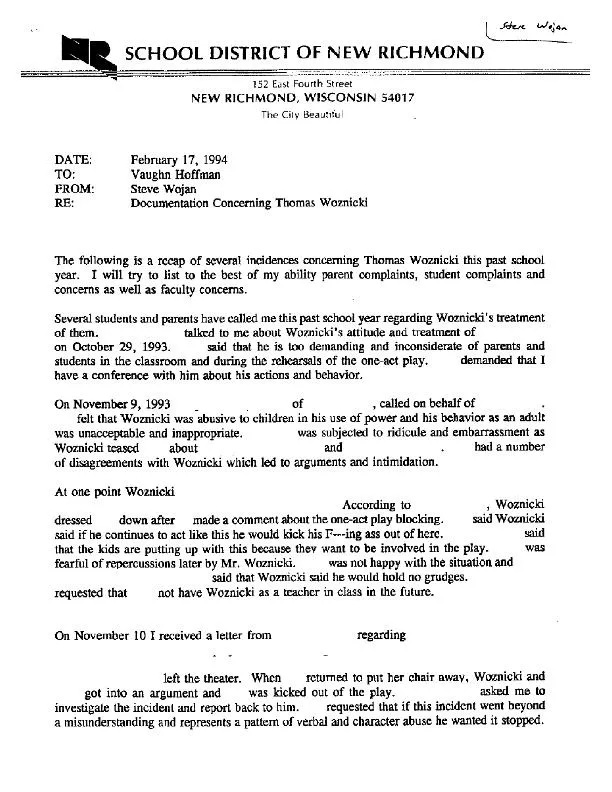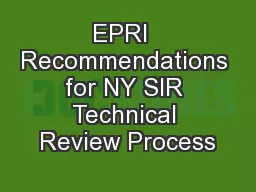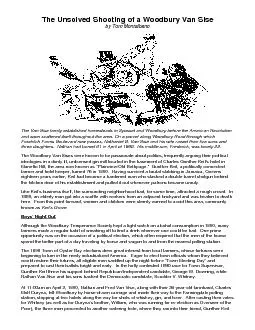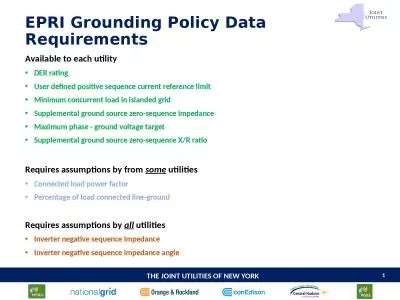PPT-Tom Key and Devin Van Zandt, EPRI
Author : ellena-manuel | Published Date : 2019-11-20
Tom Key and Devin Van Zandt EPRI June 26 2019 NYSERDA RampD NeutralGrounding for InverterConnected DER Research Project Abstract Challenge Grounding practices for
Presentation Embed Code
Download Presentation
Download Presentation The PPT/PDF document "Tom Key and Devin Van Zandt, EPRI" is the property of its rightful owner. Permission is granted to download and print the materials on this website for personal, non-commercial use only, and to display it on your personal computer provided you do not modify the materials and that you retain all copyright notices contained in the materials. By downloading content from our website, you accept the terms of this agreement.
Tom Key and Devin Van Zandt, EPRI: Transcript
Download Rules Of Document
"Tom Key and Devin Van Zandt, EPRI"The content belongs to its owner. You may download and print it for personal use, without modification, and keep all copyright notices. By downloading, you agree to these terms.
Related Documents


